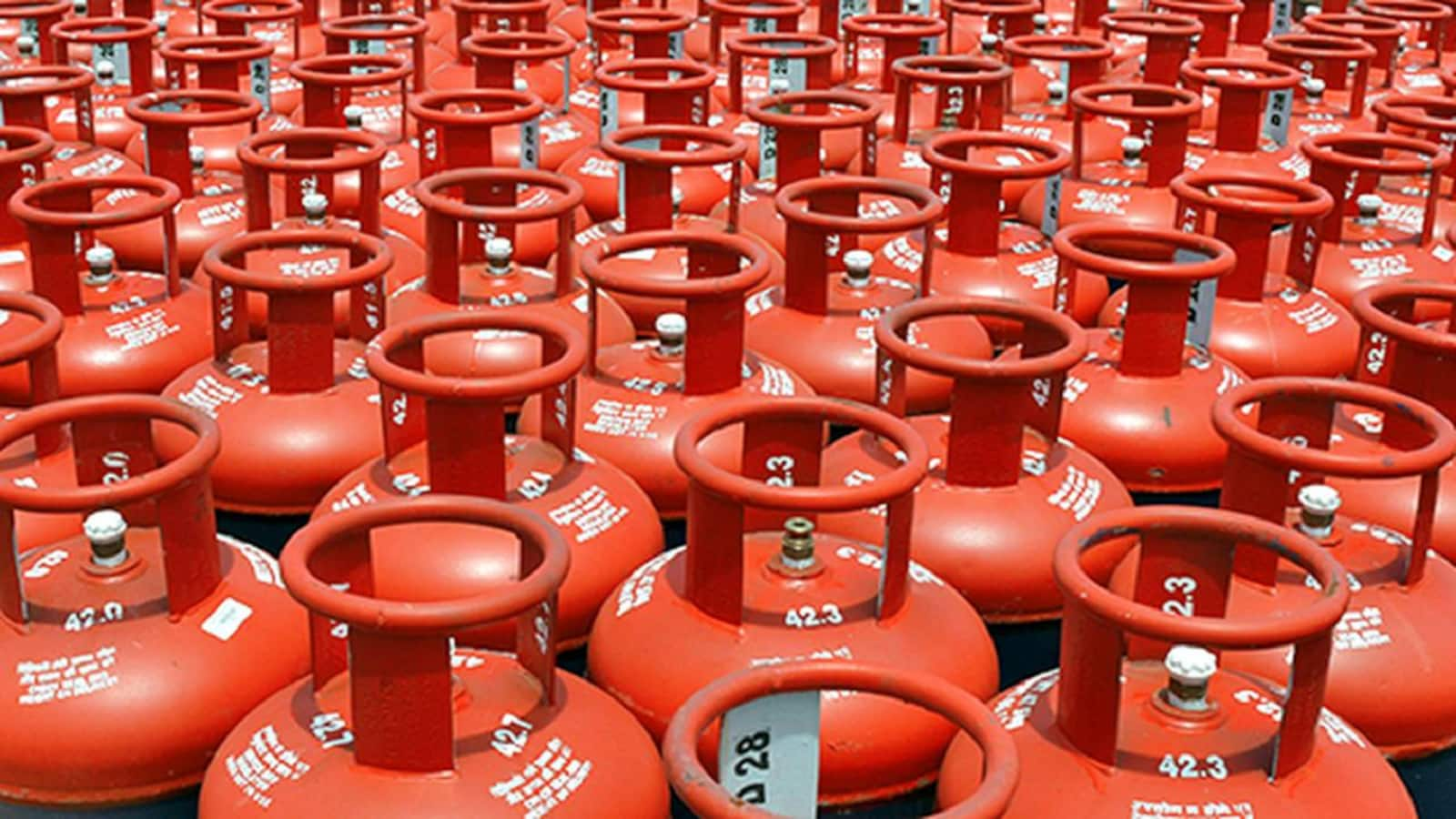Why Conversion ?

LPG (Liquefied Petroleum Gas)
In an era where sustainable energy solutions are paramount, LPG (Liquefied Petroleum Gas) has emerged as a cleaner, cost-effective, and eco-friendly alternative to traditional fuels like diesel and heavy oil. Converting factory operations from diesel or other fuels to LPG not only reduces emissions but also enhances operational efficiency and long-term savings.Suitable for a wide range of industrial applications, from heating to power generation
 Why Convert to LPG?
Why Convert to LPG?
- Environmental Benefits
- Significantly reduces carbon emissions, contributing to a cleaner and greener environment.
- Lower levels of harmful pollutants such as NOx, SOx, and particulate matter.
- Cost-Effective
- LPG offers higher energy efficiency compared to diesel and other traditional fuels.
- Reduces operational costs with better combustion efficiency and longer equipment lifespan.
- Energy Efficiency
- LPG burns more cleanly and evenly, minimizing wear and tear on machinery.
- Provides consistent energy output, ideal for industrial processes.
- Regulatory Compliance
- Meets stringent environmental regulations, making your factory future-ready.
LPG vs Other Fuels: Comprehensive Comparison
Environmental Impact
| Fuel Type | CO₂ Emissions | Particulate Matter | Sulfur Emissions (SOx) | Environmental Rating |
|---|---|---|---|---|
| LPG | Low (Cleaner burn) | Negligible | Almost zero | 🌟🌟🌟🌟🌟 (Excellent) |
| Diesel | High | Moderate to High | High | 🌟🌟 (Poor) |
| Gasoline | Moderate | Low | Moderate | 🌟🌟🌟 (Fair) |
| Coal | Very High | Very High | Very High | 🌟 (Very Poor) |
| Natural Gas | Low | Negligible | Negligible | 🌟🌟🌟🌟🌟 (Excellent) |
Cost Efficiency
| Fuel Type | Initial Setup Cost | Operational Cost (Long-term) | Availability | Economic Rating |
|---|---|---|---|---|
| LPG | Moderate | Low | High | 🌟🌟🌟🌟 (Good) |
| Diesel | Low | High | High | 🌟🌟 (Fair) |
| Gasoline | Low | Moderate | High | 🌟🌟🌟 (Good) |
| Coal | High | Low | Moderate | 🌟🌟 (Fair) |
| Natural Gas | High | Very Low | Moderate | 🌟🌟🌟🌟🌟 (Excellent) |
Energy Efficiency
| Fuel Type | Calorific Value (MJ/kg) | Efficiency in Industrial Use | Residue After Combustion |
|---|---|---|---|
| LPG | 46 | Very High | Negligible |
| Diesel | 45 | High | Moderate |
| Gasoline | 44 | Moderate | Negligible |
| Coal | 24-35 | Low | High |
| Natural Gas | 55 | Very High | Negligible |
